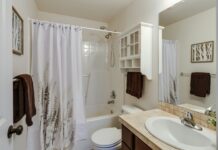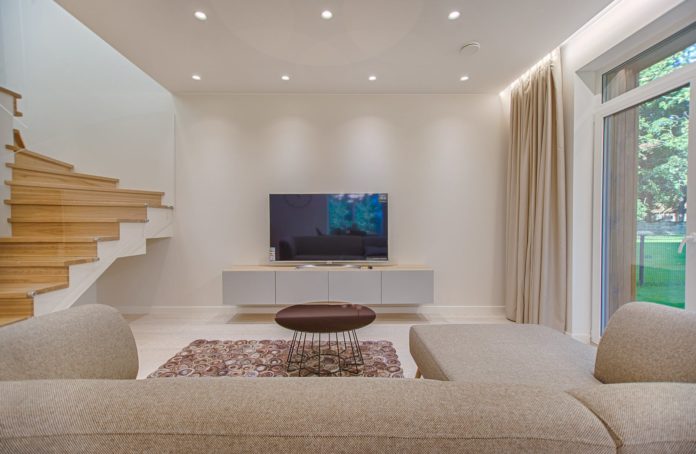
Watching television is one of man’s favorite past times. Since its invention almost a hundred years ago in 1927, there is no denying that the TV has become a vital part of human life. There are many uses for a TV such as news dissemination, entertainment, and sports.
Broadcasting companies and TV networks are one of the most funded sectors of the world, raking up billions of dollars annually in revenue. In just 2018 alone, the TV industry’s subscription revenue in the UK amounted to nearly 6.4 billion British Pounds. In total, the TV industry’s annual revenue for 2018 was 16.18 billion GBP.
Hundreds of thousands of people work hard to ensure that the general population is hooked on Television. From the earliest of mornings to the latest of nights, there will always be a show for you to watch. With hundreds of channels to choose from, one can easily get lost for weeks or months just browsing through the entertainment sections that the Television can offer.
However, all of this is moot if the user is not able to watch TV with the best signal reception. Here I have listed down the most frequently asked questions on how to get the best TV reception. These recommendations are suggestions based in the UK. You may need different requirements (i.e. azimuth angle, satellite dish size, etc.) if you are residing in a different country.
How To Retune My TV

If your TV is using Freeview to receive TV channels, then usually the retuning is automatic. An option to automatically rescan or retune your TV device will appear on the screen. This event happens when a new service is launched. Or if an update has been made to the
-
Freeview service
However, there are cases when this feature is not available on your device. You don’t have to despair and anguish asking yourself “How do I retune my TV?” Manual retuning your TV is fast and easy. Here are the usual steps that you need to do to get the optimal reception for your TV.
2. Open the Menu setting on your TV. You can access it through you Remote control
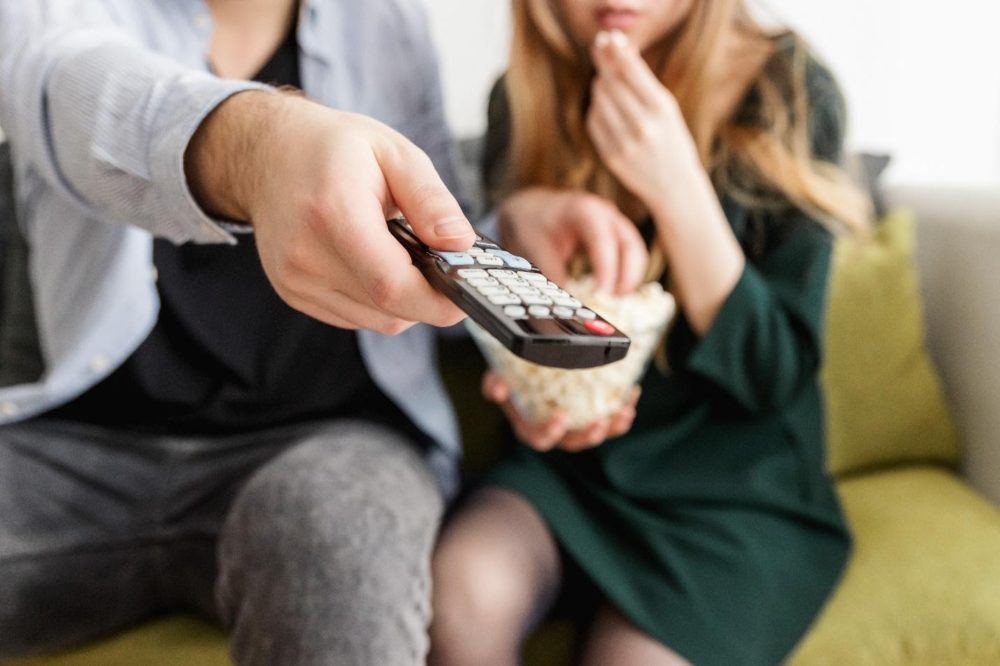
Look for the Set Up, Installation, or Update configuration. This may prompt you to insert a password. If you haven’t set up a password for your TV, the default code is either 1234 or 0000. You can also check your TV guide for the password
3. Choose First-time Installation, Full Retune, or Default Settings
Delete all existing channels. This would cause your TV to retune automatically and look for better channels.
4. Save all the TV channels that you find.
Finding The Right Azimuth

Another reason why your TV is not receiving the optimal signal reception is that the azimuth alignment of your satellite receiver is not aligned correctly. Your satellite receiver must be adjacent to the satellite transmitter where it’s getting its signal from.
The Azimuth alignment of your satellite dish depends on the service that you are subscribed to. Here is a list of the most common TV subscription services and the proper angle for your satellite dish.
Freesat or Sky subscription-based services needs to be pointed towards the Astra 2 Satellites or the Eurobird. For these services, your satellite dish must be at 28.2 degrees East. On the other hand, for the Eurobird satellite, you want to align your satellite dish towards 28.5 degrees East for you to be able to get clear signal reception
For the Hotbird satellite, which provides European and North African channels, the positioning must be towards 13 degrees East
Pointing your satellite dish towards the Astra 1 Satellite at 19.2 degrees East, on the other hand, will give you French and German channels
Check For Obstructions
Signals find it hard to go through walls, trees, and buildings. Look for the best spot for your satellite dish or antenna. Optimally, it should be placed outdoors and on the roof. By placing it at an elevated position, it will encounter fewer obstructions. The height will also help your satellite dish get a better chance at receiving a satellite signal.
Often than not, aerials are installed onto a 6’ mast. However, if you live in an area where the signal is weak, you may need to look for a 10’ or 12’ pole. Remember though that installing an aerial at that height would require sturdy bracket fixings for it to support the weight.
Frayed Wires
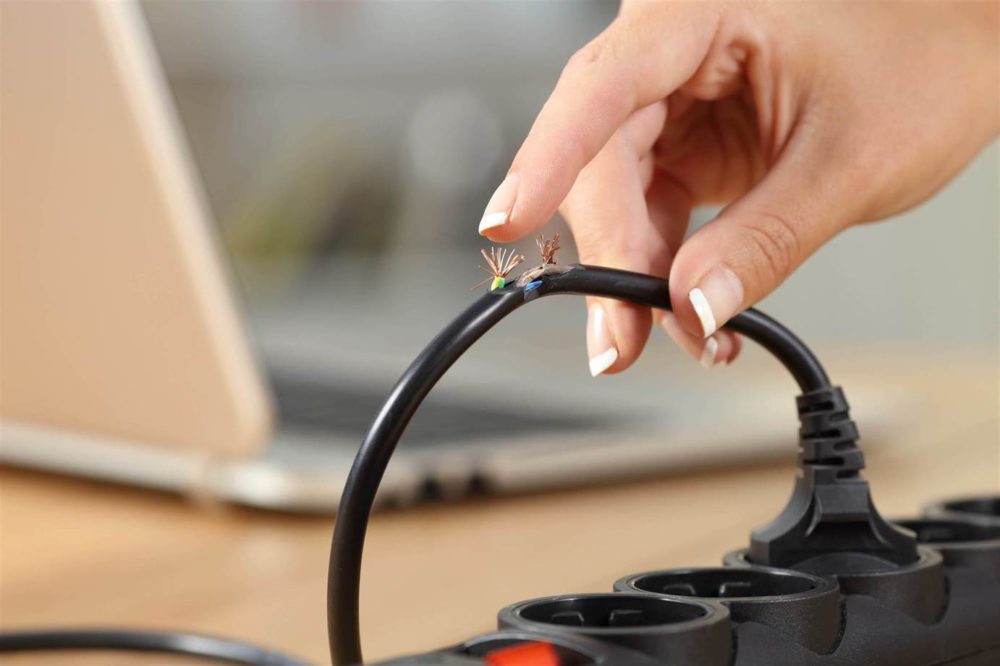
Even when everything is aligned and positioned correctly, there is a chance that you can still not be able to watch TV shows. Frayed wires, for example, can cause very weak reception. Do a regular checkup on your cables to identify whether they need replacing. Take extra care of them next time by using cable protectors.
Incompatible Satellite Dish Size
Living near the seaside and outside of the city can pose specific problems such as a weak signal. For this problem, you would need a much bigger satellite dish than the standard models. Usually, satellite dishes range from 45cm to 3 meters. This size, however, could change depending on your requirements. Ask your local aerial installer on what size they would recommend for you to get. Of course, you want to get the best reception there is so you should only get the best size.
Use An Amplifier
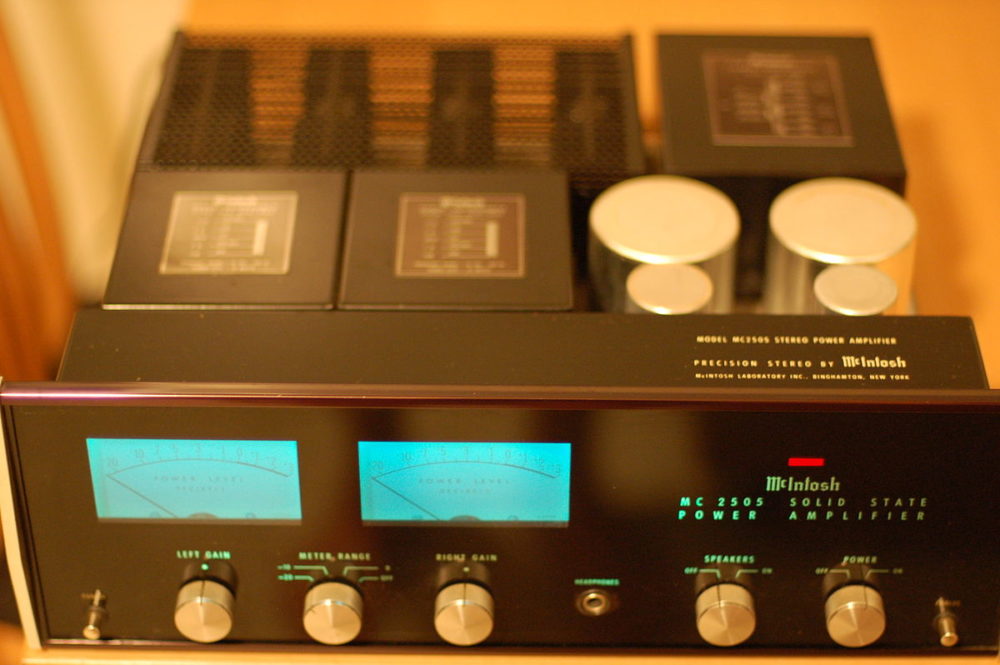
When you’ve done everything, and you’re still not getting the optimal reception from your receivers, then it may be time to try out an amplifier. Installing a masthead amplifier will allow the aerial to carry as much of the signal through the system with as reduced loss as possible.
The amplifier must be installed as near to the aerial as possible to ensure proper connection, at most 1 metre. Distribution equipment such as TV Aerial splitters and distribution amplifiers must also come after the Masthead Amplifier.
Still not getting the best signal? Don’t give up and call the professionals. There may be a deeper underlying problem that’s causing your TV reception to go bad. Aerialforce offers same-day Aerial Service. They send an aerial engineer on the day that you call.


